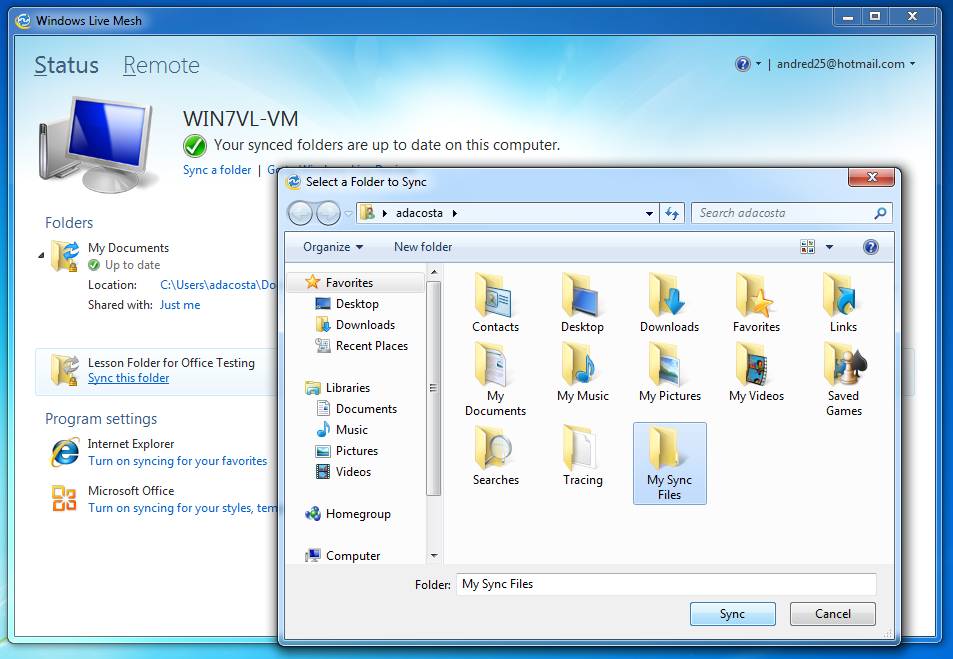

Supports viewing task name, account number, IP, source path, target path, synchronization frequency, task status, and transmission speed. Raysync file synchronization function, through self-developed high-speed engine technology, high-speed transmission protocol technology, and other core technologies, establish a data synchronization solution that meets the business scenarios of enterprise users. People can use file synchronization to collaborate completely flexibly without relying on the inconvenient back and forth e-mails. File synchronization is indeed the gospel of working on multiple devices at the same time. File synchronization and file backup: what is the difference?īackup is only to protect data assets and ensure business continuity without any major troubles. The backup data will not be accessed by anyone for any collaborative work but is kept in one place so that it can be used to restore the system in the event of any crash.īackup is only to protect data assets and ensure business continuity without any major troubles.įile synchronization is indeed the gospel of working on multiple devices at the same time. For example, you can copy the contents of a laptop to an external drive. On the other hand, backup is primarily a way for companies to protect data by copying information from one location to another. Then the system connected to the network constantly checks for file updates and downloads files when newer versions are available. The concept behind this is that every time a file is saved on a device, it will be uploaded to the server online. It allows the team to work on one project without having to be in one place. In file synchronization, the same data is updated across multiple locations and platforms. One of them cannot replace the other, and in most cases, you need to rely on both of them. Most people confuse file synchronization and backup, but the two are completely different processes.

In two-way file synchronization, various locations and platforms work together, and two-way communication is established between each pair in the system. But no data is stored back to the source. In one-way file synchronization, data files are updated from a single source to multiple target locations and platforms. There are two types of file synchronization processes: one-way and two-way file synchronization. More than one person can work on the same file or project in different locations, even if they are miles apart. File synchronization is a technology designed to solve this problem by accessing data across multiple systems and platforms.įile synchronization refers to the process of updating data files across multiple devices in real-time. The only thing that can prevent you from working from almost anywhere now is the inability to access work data.

However, with the advent of smartphones, laptops, tablets, and other smart devices, the workplace has transcended boundaries. There was a time when everyone was used to working in an office or at home-basically in one place.


 0 kommentar(er)
0 kommentar(er)
